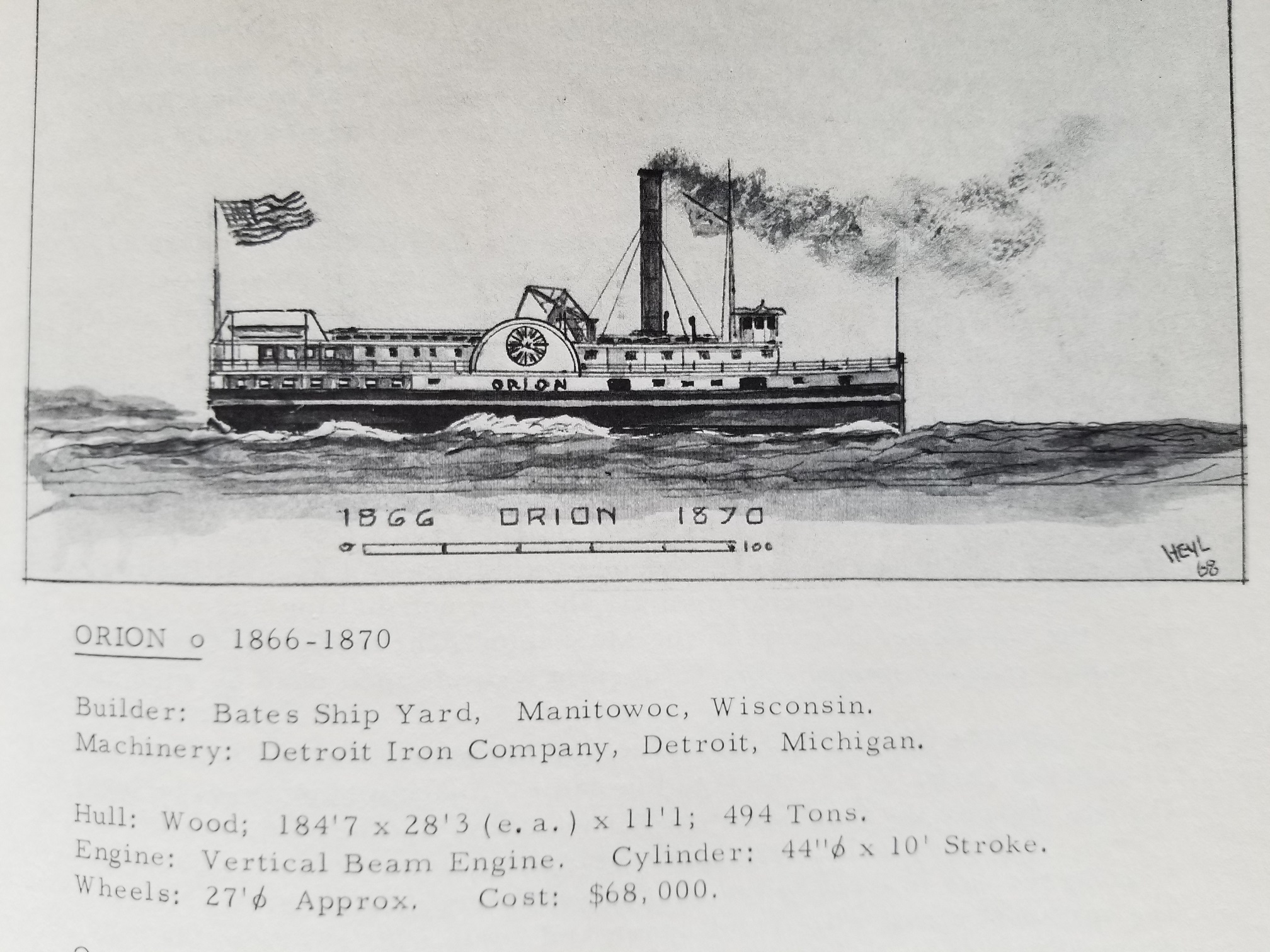The Marine Antiquity of the Month for December is the annual reports of the US Lifesaving Service. These books were produced each year, bound in black cloth, between 1878, when the Service was established and 1915, when it was absorbed into the newly established US Coast Guard. The reports of the US Lifesaving Service are extremely important for researching accidents that occurred around major ports and places where lifesaving stations had been established.
Each annual report contains a few very important sections as well as several sections of fairly un-interesting statistical and instructional information. The main section people reference is that containing the detailed narratives of shipwrecks at the front of every annual report. Detailed narratives were only created for wrecks involving a significant loss of life and represent a small percentage of the actual services rendered in a given year. Still, these narratives are very detailed and often dramatically written to draw attention to the perilous nature of the Life Saving Service’s work.
- Details
The marine antiquity of the month for October is Erik Heyl’s epic six volume book set titled Early American Steamers. This set of books remains one of the most important sources for information on the most important US steam vessels built between 1807 and 1870, Heyl’s period of interest. Heyl create detailed, historically accurate pencil drawings of hundreds of seminal US steam vessels for which he could find historical details, images or descriptions.
- Details
Read more: Marine Antiquity of the Month for Oct.; Early American Steamers
The marine antiquity for the month of November is John Brandt Mansfield’s venerable two-volume History of the Great Lakes published in 1899 by J.H. Beers, Chicago. This massive two volume set, offered in a gilt-decorated, hand-tooled saddle-leather binding, is arguably the most important Great Lakes maritime antiquity ever produced. It is truly mind-boggling in its scope and detail, particularly considering that it was written before the information age, and indeed, before the modern industrial age.
- Details
Read more: Marine Antiquity for the Month, Nov.; History of the Great Lakes



